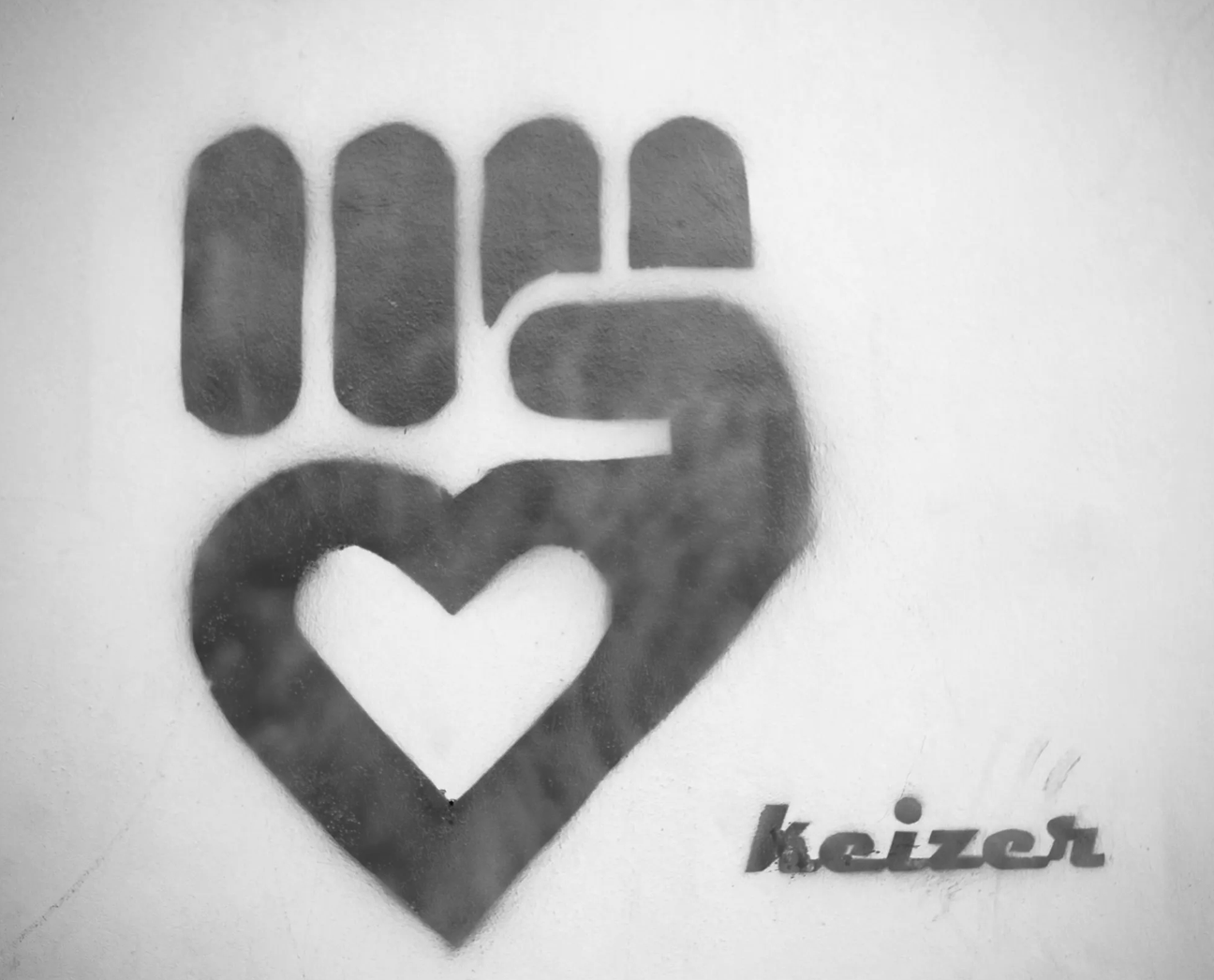
Nonviolent resistance proves potent weapon
The Harvard Gazette
02/04/2019
WCFIA: A general strike seems like a personally costly way to protest, especially if you just stop working or stop buying things. Why are they effective?
CHENOWETH: This is why preparation is so essential. Where campaigns have used strikes or economic noncooperation successfully, they’ve often spent months preparing by stockpiling food, coming up with strike funds, or finding ways to engage in community mutual aid while the strike is underway. One good example of that comes from South Africa. The anti-apartheid movement organized a total boycott of white businesses, which meant that black community members were still going to work and getting a paycheck from white businesses but were not buying their products. Several months of that and the white business elites were in total crisis. They demanded that the apartheid government do something to alleviate the economic strain. With the rise of the reformist Frederik Willem de Klerk within the ruling party, South African leader P.W. Botha resigned. De Klerk was installed as president in 1989, leading to negotiations with the African National Congress [ANC] and then to free elections, where the ANC won overwhelmingly. The reason I bring the case up is because organizers in the black townships had to prepare for the long term by making sure that there were plenty of food and necessities internally to get people by, and that there were provisions for things like Christmas gifts and holidays.
WCFIA: How important is the overall number of participants in a nonviolent campaign?
CHENOWETH: One of the things that isn’t in our book, but that I analyzed later and presented in a TEDx Boulder talk in 2013, is that a surprisingly small proportion of the population guarantees a successful campaign: just 3.5 percent. That sounds like a really small number, but in absolute terms it’s really an impressive number of people. In the U.S., it would be around 11.5 million people today. Could you imagine if 11.5 million people — that’s about three times the size of the 2017 Women’s March — were doing something like mass noncooperation in a sustained way for nine to 18 months? Things would be totally different in this country.
WCFIA: You make the surprising claim that even when they fail, civil resistance campaigns often lead to longer-term reforms than violent campaigns do. How does that work?
CHENOWETH: The finding is that civil resistance campaigns often lead to longer-term reforms and changes that bring about democratization compared with violent campaigns. Countries in which there were nonviolent campaigns were about 10 times likelier to transition to democracies within a five-year period compared to countries in which there were violent campaigns — whether the campaigns succeeded or failed. This is because even though they “failed” in the short term, the nonviolent campaigns tended to empower moderates or reformers within the ruling elites who gradually began to initiate changes and liberalize the polity.